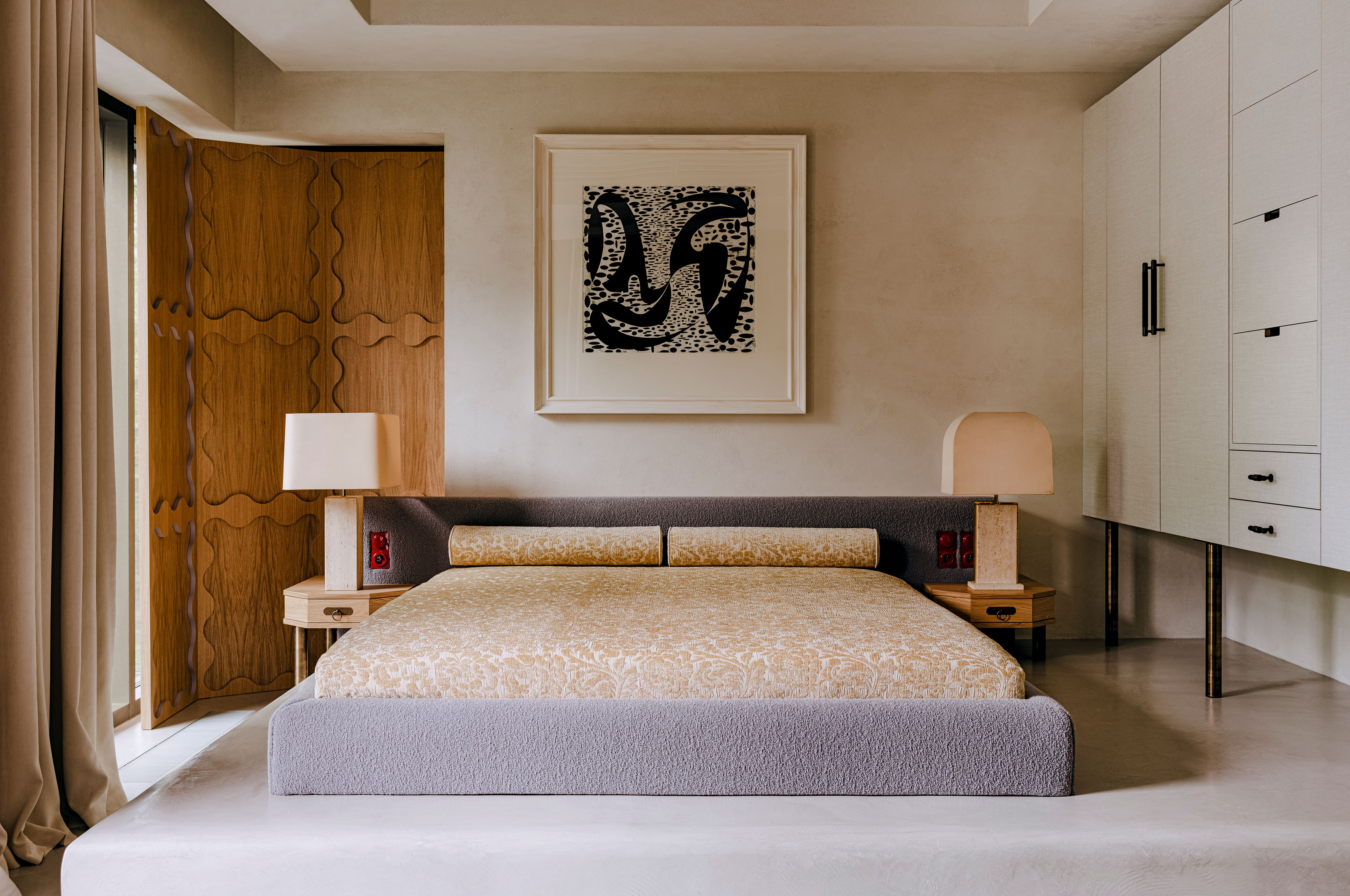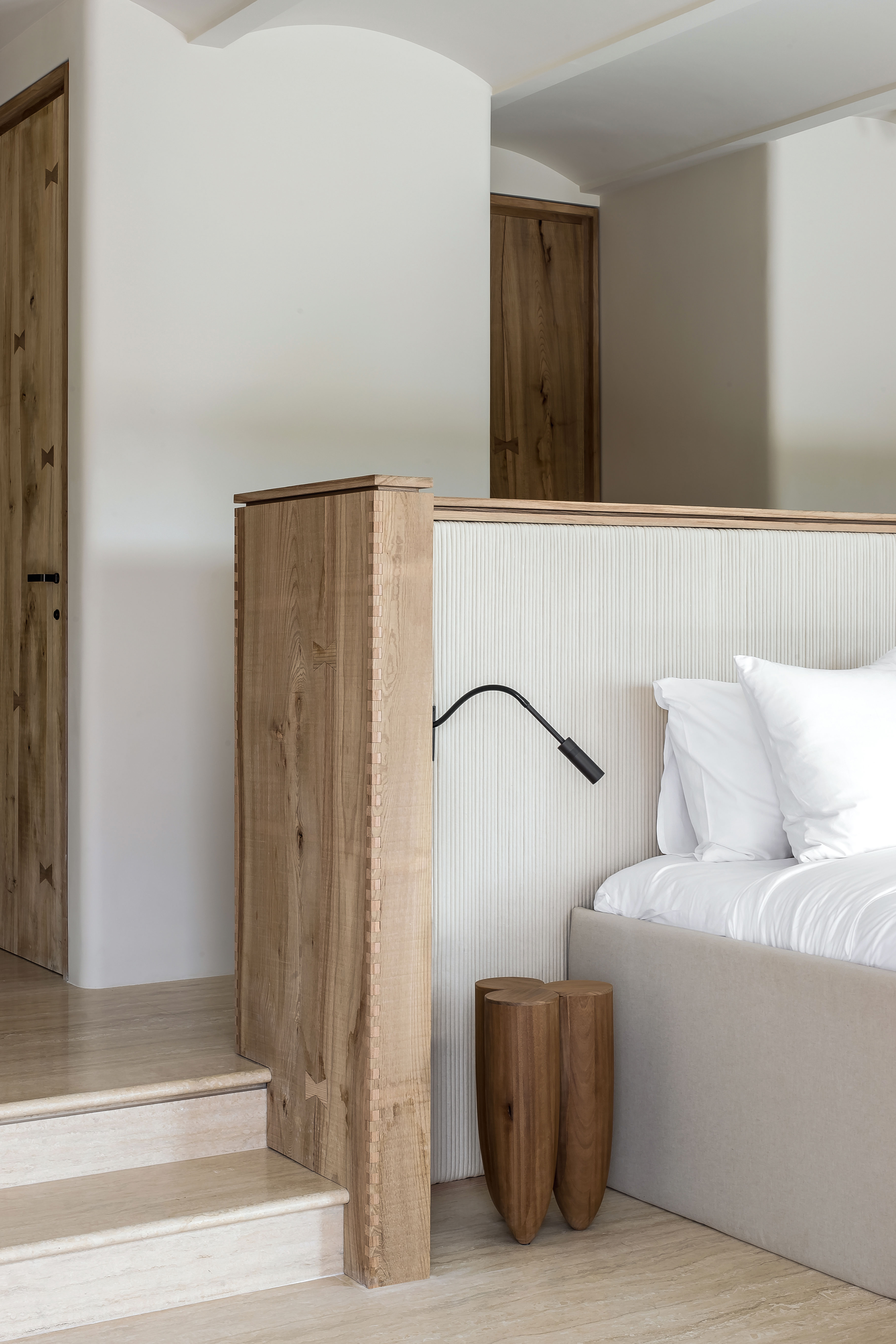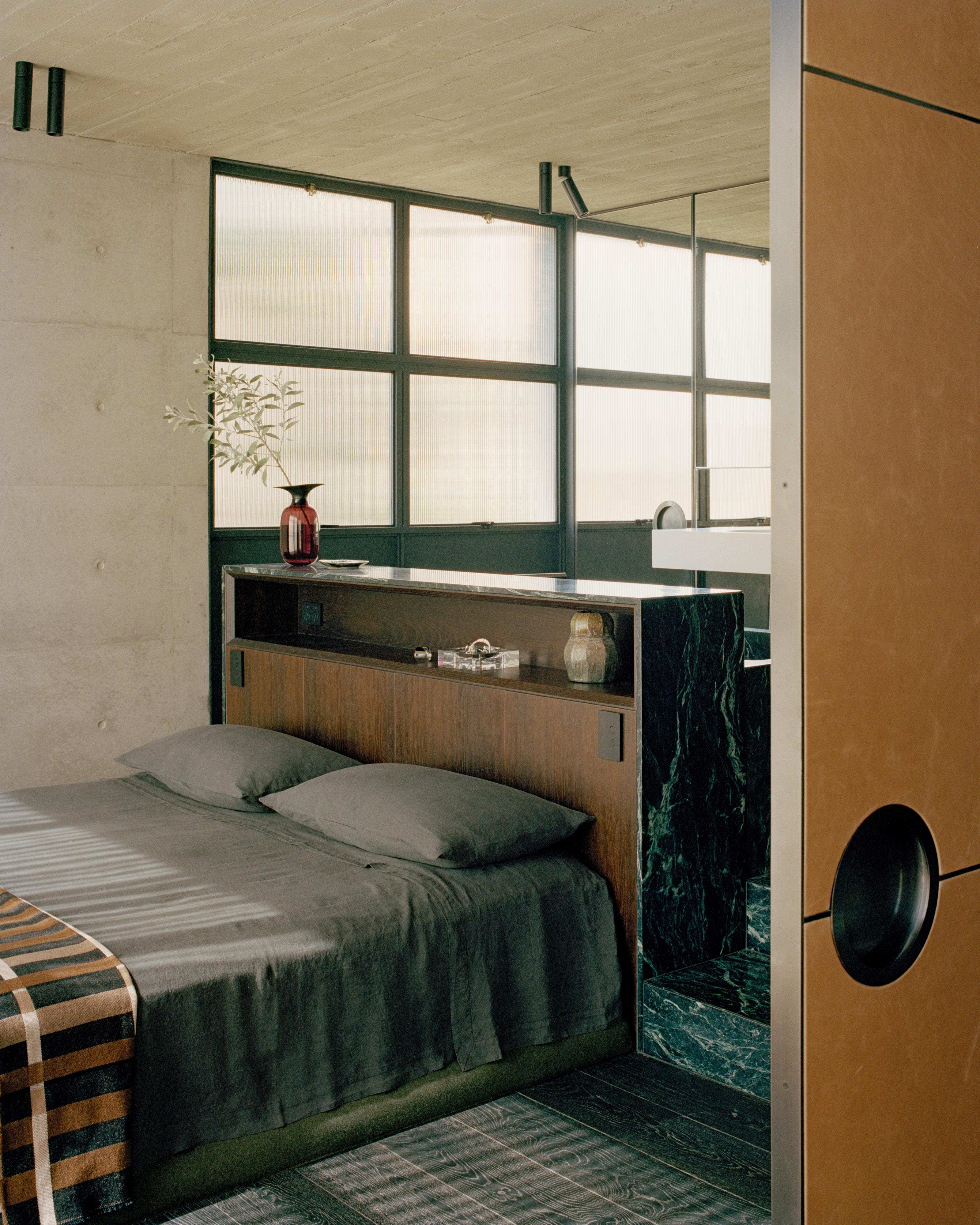Interior Designers Are Choosing This Type of Bed for Rooms That Feel More Minimalist and Cohesive
Part of the floor plan itself, this dreamy design solution creates seamless lines while offering a blank canvas for customization

What’s even tidier than a perfectly made-up bed? One embedded right into your architecture. In highly custom projects, architects and designers can forgo floating furniture in the bedroom and craft built-in beds with perfectly clean lines — working the bed directly into the layout itself.
‘Built-in beds offer a streamlined and cohesive look to a bedroom space,’ says Noam Dvir, co-founder of NYC’s BoND. ‘By integrating the bed into the architecture or layout, it creates a seamless and tailored appearance, and in my opinion a more sophisticated look.’
Beyond their ability to minimize floating furniture, bespoke beds can also maximize space in tricky layouts thanks to exact dimensions, while designing from scratch opens up opportunities for customization. From fixed headboards tailor-fit to your wall, to one-of-a-kind frames that incorporate extra furniture — think side tables and storage compartments — the built-in concept also enables seamless integration for a minimalist bedroom: electrical features that mirror the streamlined luxuries of a hotel suite.
‘We notice that more attention is being given to smart solutions such as wireless chargers for phones, multiple bedside lamps for different functions, and night lighting that turns on with a hidden sensor, etc,’ says Sebastiaan van Maanen, founder of Amsterdam’s Interior Studio van Maanen. ‘You can compare it to a 5-star hotel room where every small detail has been carefully considered.’
And ultimately, skipping the furniture store altogether means the finishing details are yours to design. ‘Not only do they save space and look sleek, but they're also like a blank canvas waiting for your personal touch,’ says Smita Thomas of Multitude of Sins. Anything from materials and scale to upholstery are all under your control.
At the end of the day (which is precisely when you’ll use it) built-in beds allow you to create, well, the bed of your dreams. Here are just a few ways to make it special.
1. Up the wall

Why push a bed against the wall when you make it part of the millwork to begin with? This bespoke bed, located in Manhattan’s Flatiron neighborhood, turns the wall itself into a dynamic niche to create a functional, bonafide focal point with extra bedroom storage.
The Livingetc newsletters are your inside source for what’s shaping interiors now - and what’s next. Discover trend forecasts, smart style ideas, and curated shopping inspiration that brings design to life. Subscribe today and stay ahead of the curve.
‘In this project, we created a striking millwork wall that helped arrange ample closet space, sleeping area, nightstands, and lighting,’ says Noam Dvir, co-founder of NYC’s BoND. ‘It also minimizes the use of additional elements and keeps the bedroom looking simple and neat.’
2. Plugged in

An anchored headboard (especially one that’s made-to-measure, stretching from wall to wall) is one of the simpler versions of a built-in bed. But many designers use this concept to take the bed up a notch, like this intricately carved headboard which integrates useful features like plugs and reading lamps.
‘When designing a similar built-in bed with integrated electricity, consider creating cutouts or hidden spaces within the structure to seamlessly incorporate electrical elements, keeping the overall look clean and cohesive,’ says Smita Thomas, Principal Interior Designer at India’s Multitude Of Sins.
3. The great divide

Building from scratch gives you greater flexibility, which was exactly what designers needed in this Ibiza home – the bedframe helped solve a tricky layout.
‘We took this as an opportunity to make it as a sort of room divider, which allowed us to drop the floor – stairs are left and right of the headboard – and face the beautiful Balearic landscape outside,’ says Francesca Finotti, Senior Designer at Framework Studio. ‘The fact that it's a custom-designed room divider and it functions as a headboard keeps the space open and gives a more luxurious hotel feeling to it.’
4. Seamless slumber

One obvious perk of built-in beds? You can customize every inch of your design to create a seamless look that matches the rest of your space. So was the case in this Amsterdam flat, where a clean-lined bed frame matches the loft’s sleek, minimalist scheme.
‘The low bed complements the Japanese aesthetic of the project and provides tranquility and comfort with its matching fabric to the curtains,’ says Sebastiaan van Maanen, who anchored the frame to the wall and floor. ‘We also took a practical approach by integrating a piece with a solid walnut recessed tray and smart phone charger, eliminating the need for bedside tables.’
5. Side story

Don’t just stop with the bed itself: architects often incorporate built-in nightstands, doubling down on the bed’s seamless and dimensional look. Here, designers not only gave the bed levels by raising it on a concrete platform, but added clever side tables that ground the entire design.
‘We had an idea that it will ‘touch’ and connect all of the elements,’ say Zuza and Piotr Paradowski, founders of Kraków’s Paradowski Studio, noting how the table legs not only attach to the platform but also the floor itself.
Keith Flanagan is a New York based journalist specialising in design, food and travel. He has been an editor at Time Out New York, and has written for such publications as Architectural Digest, Conde Nast Traveller, Food 52 and USA Today. He regularly contributes to Livingetc, reporting on design trends and offering insight from the biggest names in the US. His intelligent approach to interiors also sees him as an expert in explaining the different disciplines in design.